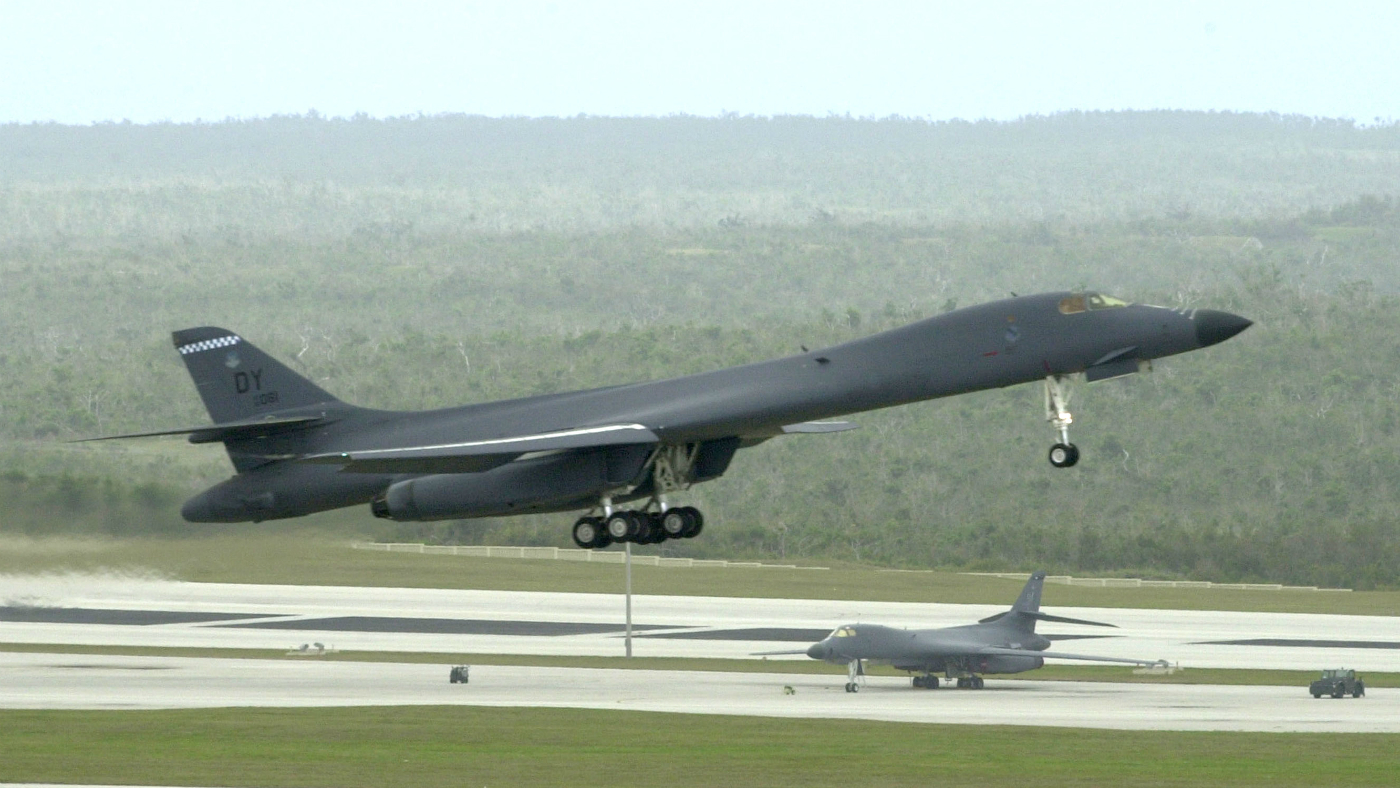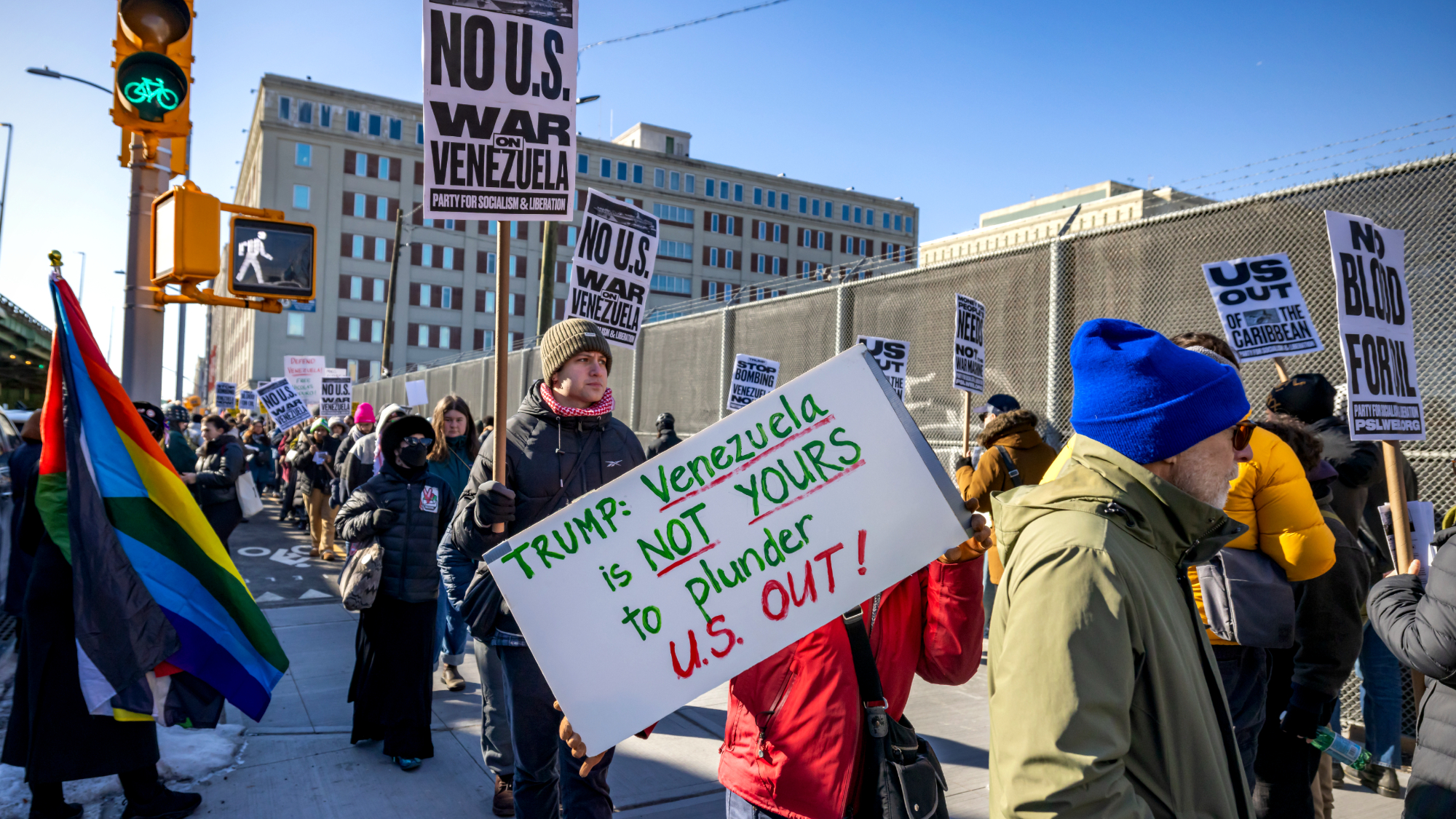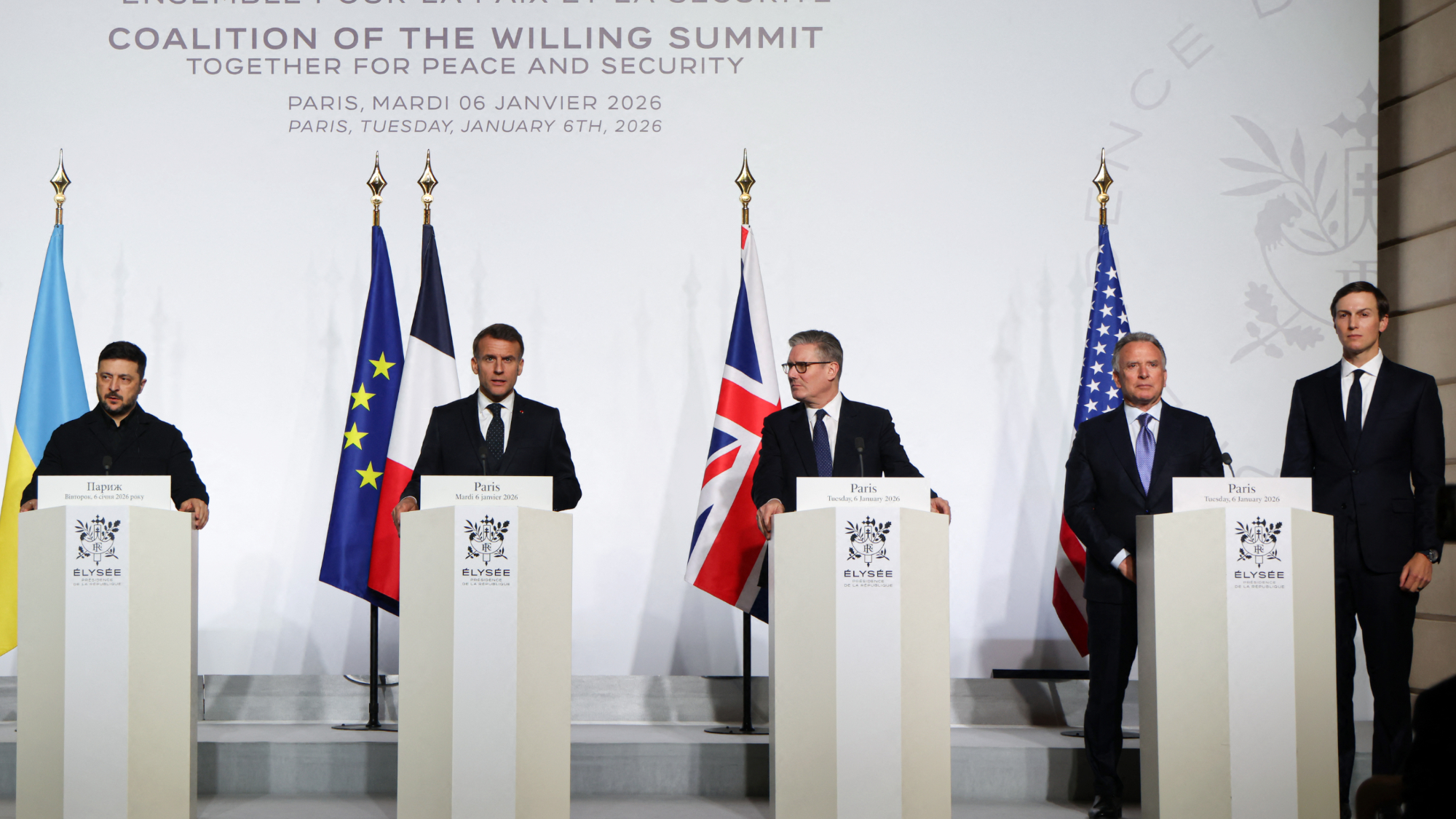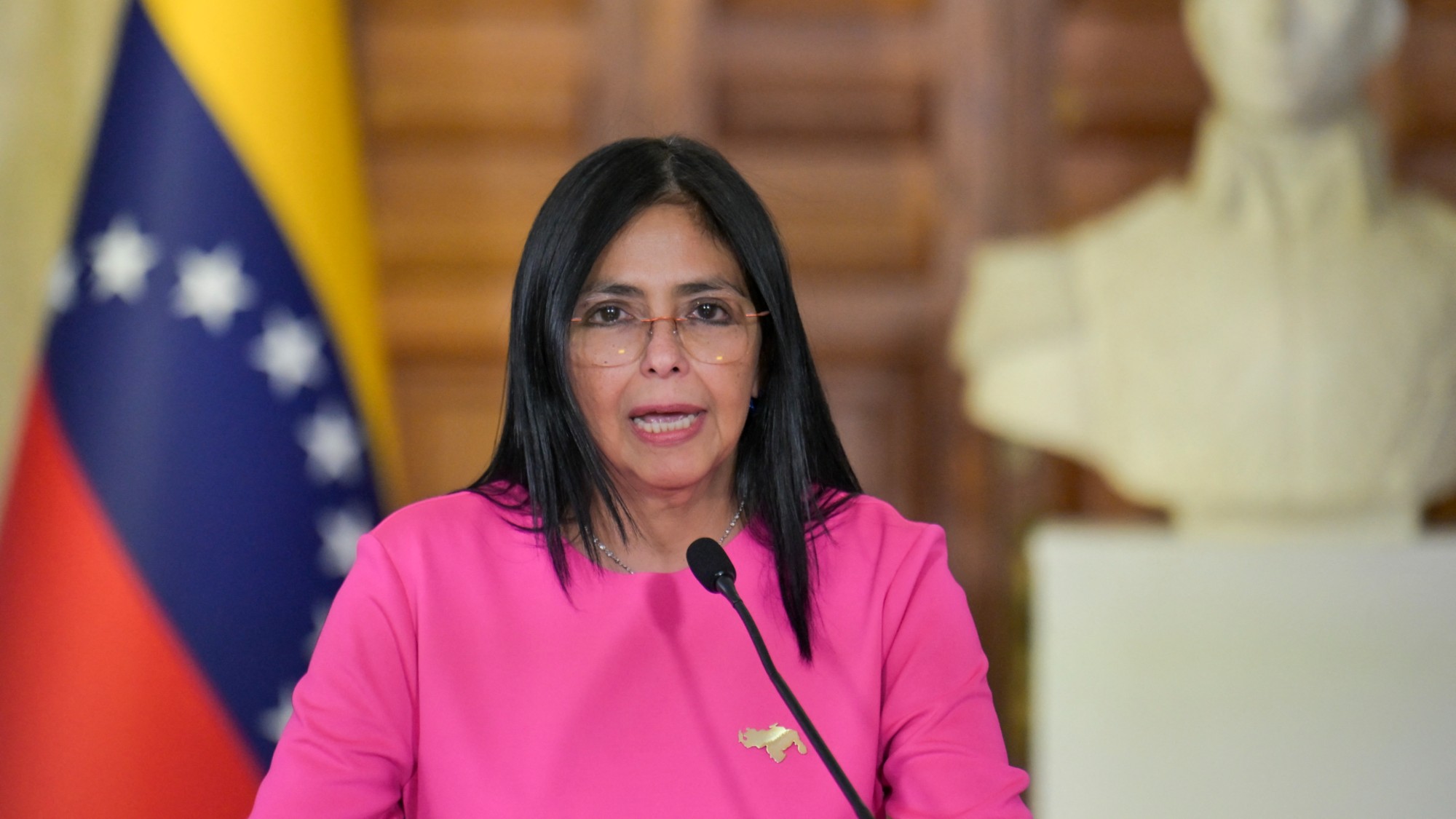Where is Guam and what is its military importance?
It's a small island, but the eyes of the world are now watching

In its most detailed threat yet against the US, North Korea says it is preparing to launch four Hwasong-12 rockets to land off the Pacific Ocean island of Guam, where thousands of US forces are stationed.
"The Hwasong-12 rockets to be launched by the KPA [Korean People’s Army] will cross the sky above Shimani, Hiroshima and Koichi prefectures of Japan," said Pyongyang. "They will fly for 3,356.7km [2,085 miles] for 1,065 seconds and hit the waters 30-40km [18-25 miles] away from Guam."
The US has warned North Korea its actions could mean the "end of its regime", but it has denounced President Donald Trump's threats of "fire and fury" as being "bereft of reason".
The Week
Escape your echo chamber. Get the facts behind the news, plus analysis from multiple perspectives.

Sign up for The Week's Free Newsletters
From our morning news briefing to a weekly Good News Newsletter, get the best of The Week delivered directly to your inbox.
From our morning news briefing to a weekly Good News Newsletter, get the best of The Week delivered directly to your inbox.
Plans for the strike are expected to be ready by the middle of August and will then await orders from leader Kim Jong-un.
Where is Guam?
Guam lies about 2,200 miles south-east of North Korea and 4,000 miles west of Hawaii. It measures 210sq-miles and has a population of more than 160,000 residents.
Why is Guam significant?
A free daily email with the biggest news stories of the day – and the best features from TheWeek.com
Guam has a strategic location, lying close China, Japan and the Korean Peninsula. It is also home to the US Andersen Air Force and about 6,000 of its residents are military staff and civilian workers and their families. The Andersen Air Force Base is on the north end of Guam, about 15 miles from the capital Agana, and hosts B52 bombers and fighter jets.
It became a US territory in 1898 and has been a vital asset to Washington. The island's location gives Washington the capability to launch strikes in Asia. Guam also serves an important defensive function, Sky News reports.
"In 2013, the US Army's Terminal High Altitude Area Defence (THAAD) system was deployed to the island - giving Washington the power to shoot down North Korean ballistic missiles," it adds.
-
 A running list of the US government figures Donald Trump has pardoned
A running list of the US government figures Donald Trump has pardonedin depth Clearing the slate for his favorite elected officials
-
 Ski town strikers fight rising cost of living
Ski town strikers fight rising cost of livingThe Explainer Telluride is the latest ski resort experiencing an instructor strike
-
 ‘Space is one of the few areas of bipartisan agreement in Washington’
‘Space is one of the few areas of bipartisan agreement in Washington’Instant Opinion Opinion, comment and editorials of the day
-
 Venezuela ‘turning over’ oil to US, Trump says
Venezuela ‘turning over’ oil to US, Trump saysSpeed Read This comes less than a week after Trump captured the country’s president
-
 Trump’s Greenland threats overshadow Ukraine talks
Trump’s Greenland threats overshadow Ukraine talksSpeed Read The Danish prime minister said Trump’s threats should be taken seriously
-
 Delcy Rodríguez: Maduro’s second in command now running Venezuela
Delcy Rodríguez: Maduro’s second in command now running VenezuelaIn the Spotlight Rodríguez has held positions of power throughout the country
-
 What will happen in 2026? Predictions and events
What will happen in 2026? Predictions and eventsIn Depth The new year could bring peace in Ukraine or war in Venezuela, as Donald Trump prepares to host a highly politicised World Cup and Nasa returns to the Moon
-
 Shots fired in the US-EU war over digital censorship
Shots fired in the US-EU war over digital censorshipIN THE SPOTLIGHT The Trump administration risks opening a dangerous new front in the battle of real-world consequences for online action
-
 Hong Kong court convicts democracy advocate Lai
Hong Kong court convicts democracy advocate LaiSpeed Read Former Hong Kong media mogul Jimmy Lai was convicted in a landmark national security trial
-
 How Bulgaria’s government fell amid mass protests
How Bulgaria’s government fell amid mass protestsThe Explainer The country’s prime minister resigned as part of the fallout
-
 Pakistan: Trump’s ‘favourite field marshal’ takes charge
Pakistan: Trump’s ‘favourite field marshal’ takes chargeIn the Spotlight Asim Munir’s control over all three branches of Pakistan’s military gives him ‘sweeping powers’ – and almost unlimited freedom to use them